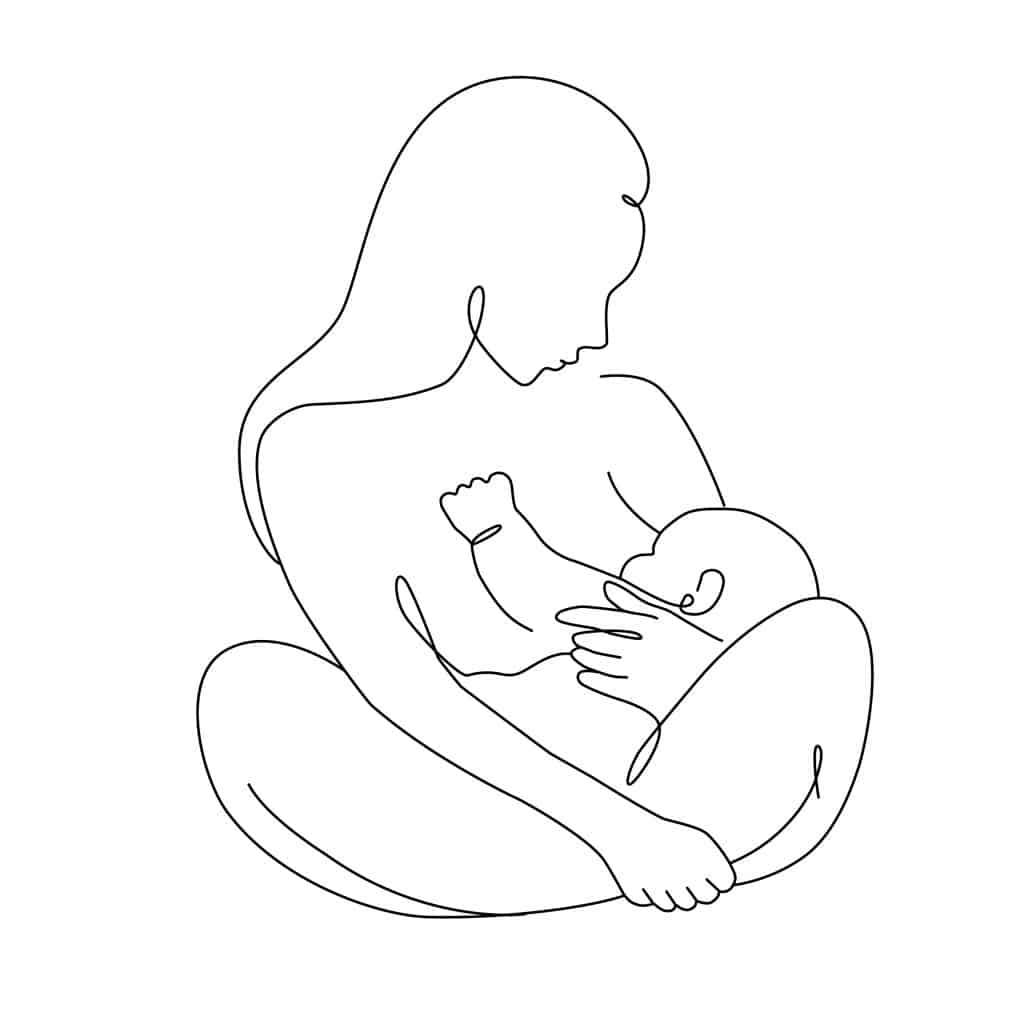Breastfeeding Can Become Painful.
If you’ve opted for ‘breast is best’ and have begun to breastfeed, you will inevitably hope that the time spent feeding your little one is intimate and special as well as a wonderful way to bond.
Gazing down lovingly as your newborn obtains natural nourishment from you should be rewarding. So why do so many new mothers quip, after just a few weeks, that breastfeeding has become both painful and somewhat dreaded?
Breastfeeding is of course a natural process that offers numerous benefits to both mother and baby.
However, because breastfeeding is natural, we are also inclined to assume that the process will not cause any undue discomfort to a new mother.
Yet, as osteopathic specialists, we know that any new physical undertaking carries potential to cause pain and other issues if not carried out in an ideal way.
Breastfeeding is a surprisingly demanding challenge for a mother’s body, requiring her to feeding every few hours while counteracting the growing baby’s weight each and every time.
More Women's Health Blogs
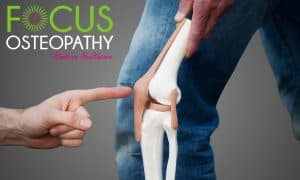
Knee Pain: The Good, The Bad, and the OUCH!

4 Reasons Swimming Is Good For Back Pain

8 Ways Neck Pain Can Disrupt Your Daily Life—and How Osteopathy Can Help

Understanding Back Pain: The Unwanted Companion
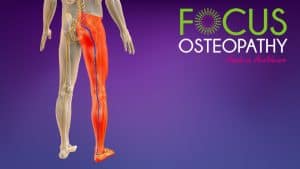
Does Massage Therapy Help Sciatica? 4 Things You Must Know

Neck Pain Exercises to Help You Sleep
While a new-born understandably becomes a new mother’s sole focus and priority, it is not uncommon for her body to struggle to adapt to all of the physical demands now suddenly asked of her as she breastfeeds.
Albeit an unwelcome truth, a new mother’s ligaments and muscles will soon begin to grumble about repetitive bouts of bad posture and prolonged static positions just as they would’ve done before motherhood began.
As there are so many different ways to breastfeed, the discomfort that develops varies too.
If you’ve not long begun breastfeeding and have noticed more headaches than normal as well as new aches and pains within your neck, shoulders, upper back, lower back, elbows, wrists and hands, there’s a high chance that you’re not feeding in an optimal manner and are beginning to experience the after-effects.
However, take heart in the knowledge that there are numerous osteopathic strategies that you can use to make breastfeeding comfortable and pleasant again.
Many of these strategies make use of items that are likely already in your home or require nothing more than a slight adjustment to your positioning. Let’s take a closer look.
Incorporate Breastfeeding Ergonomics
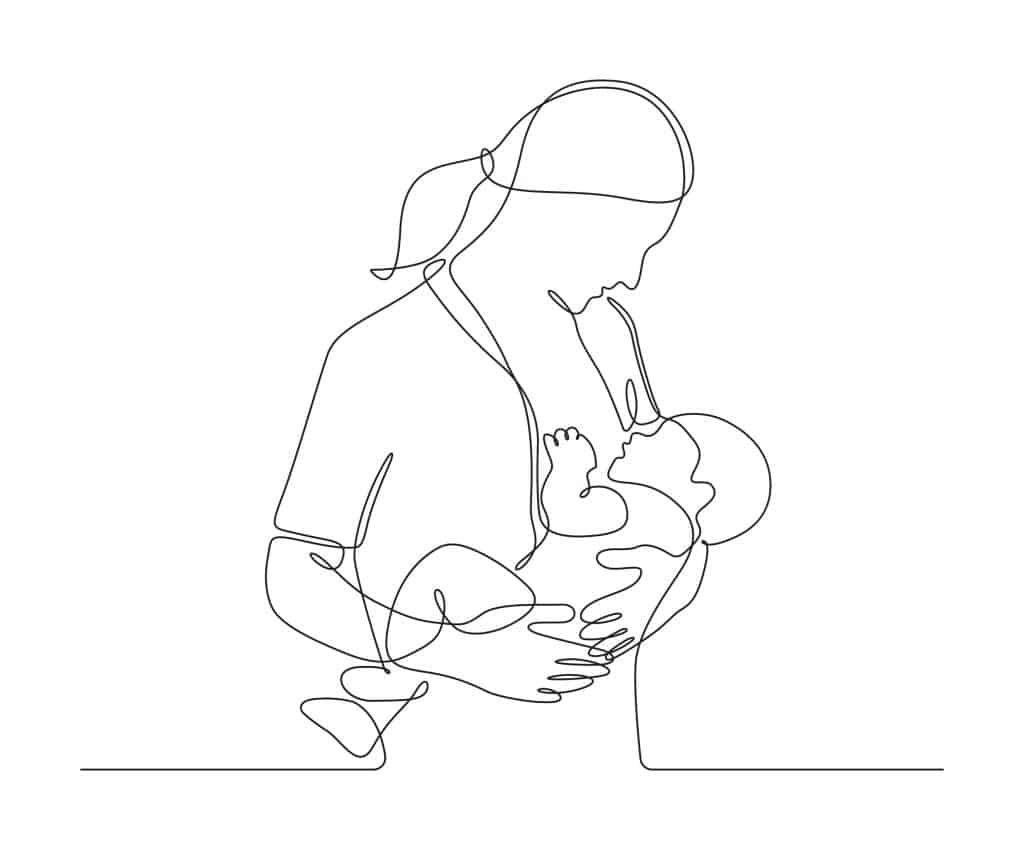
The most effective way to avoid pain while breastfeeding is to incorporate some ergonomic strategy into your routine.
Ergonomics might sound complicated and something that’s more geared towards ensuring office workers are positioned correctly with their computer but, overall, ergonomics are actually just some simple steps towards having good posture while you’re doing what you’re doing.
We understand that a new mother might not be interested in the term ‘ergonomics’ when she has her little one to admire but, if small postural changes are made early on, they can make a big difference and prevent pain right from when breastfeeding commences.
There is no need to be uncomfortable while performing the admirable task of breastfeeding. This is particularly relevant in a time when lingering pain from childbirth, fatigue, overwhelm and post-natal depression can all simultaneously add to the workload of being a new mum.
By subtly introducing some ergonomics into your feeding sessions, you’ll significantly reduce the chances of developing musculoskeletal discomfort while also feeling confident that you’re feeding correctly and giving yourself the chance to enjoy this cherished time pain-free.
Additionally, having good posture as you breastfeed also helps to ensure a healthy and steady milk flow.
Tap into Local Breastfeeding Support

Did you know that you can seek in-person advice and support from a local breastfeeding group?
Meetings run by breastfeeding support groups are designed to teach what is required during breastfeeding as well as sharing what is normal and what is not. You can tap into other people’s experiences and share thoughts generally on breastfeeding.
Ideally, you want to get ahead and start attending a breastfeeding group before baby arrives but new mothers, partners and hungry little ones are just as welcome as they work together to get things going.
Set-up a Feeding Station and Add Physical Support
Given the numerous hours that breastfeeding entails, it’s an investment to spend a short amount of time setting up a bespoke feeding station for you and your little one.
Aim to find a comfortable spot within the home that can accommodate a supportive chair, a small table that can sit alongside (ideally reaching up to the same height as the arms of your chair) and a foot stool.
Combined, these will all enable you to sit comfortably and supported while breastfeeding over prolonged periods.
Make sure to sit all the way back in your chair as this will help prevent back pain and use the foot stool to raise your feet up as and when necessary.
When sitting without the foot stool, place both feet flat on the floor. Try to avoid raising your little one up to you by pushing up off the floor with your toes.
Instead use a large, flat pillow or two beneath baby to fill any gap between you by positioning the pillows on your lap to bring baby up to the level of your nipple. This will help avoid bad postural hunching and strain within the leg muscles.
Meanwhile, your nearby table can be used to ensure that all you need is to hand when sitting in your chair.
What you choose to have here is entirely down to personal preference but common choices include extra pillows, cloths, a cup, drinks and snacks, a book, a TV remote control and a mobile phone.
Adopt an Array of Breastfeeding Positions
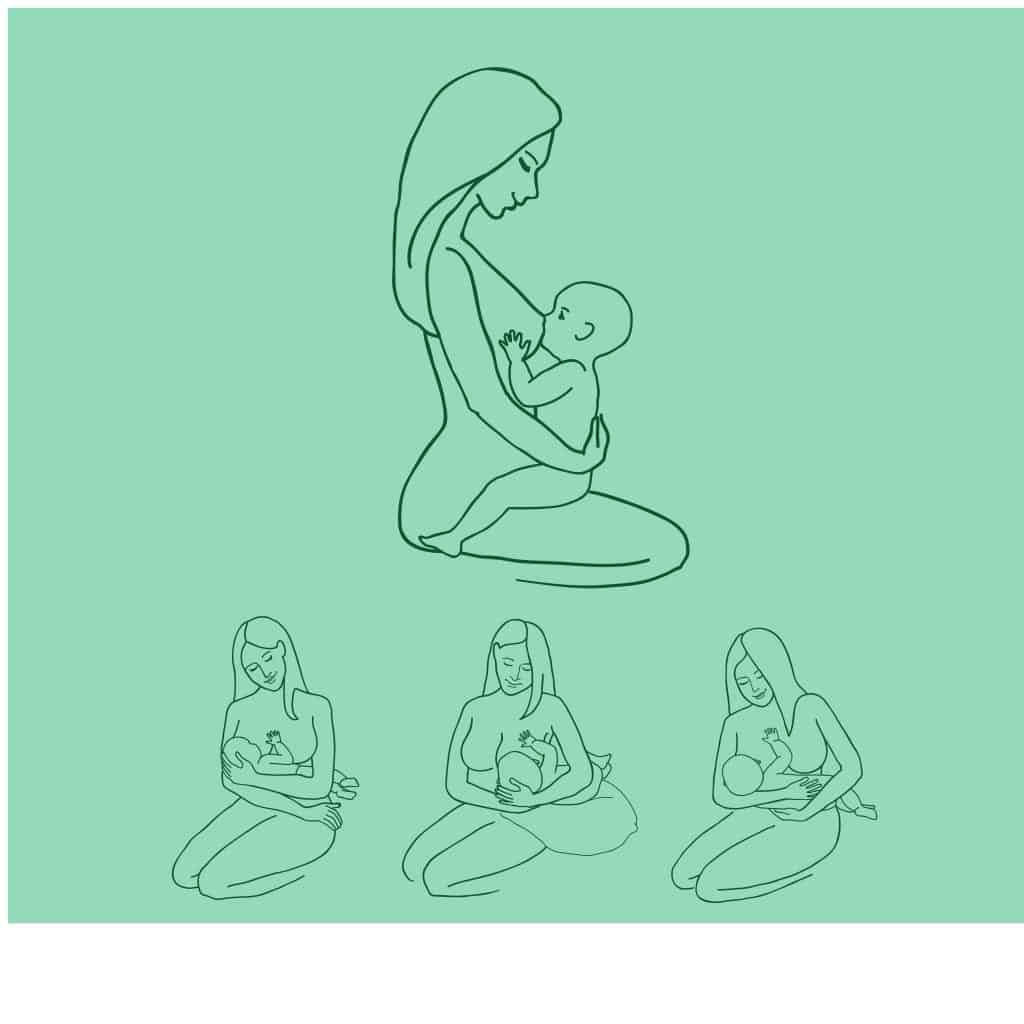
Using the same breastfeeding position time-and-time again may be a tempting lazy option but, over the long-term, this can become boring while the use of a sole position equates to excessive strain being placed on a very limited range of muscles and leads to pain.
There are a great many ways to hold baby while enjoying a comfortable angle and strong latch between you. Trial as many different positions as you can for you’ll inevitably find some positions work better at home whilst others prove more practical when out and about.
Among our favourite, ergonomic-friendly breastfeeding positions are the cross-cradle hold, the laid-back position, the football position, the side-lying position and the sweetly-named Koala hold.
The cross-cradle hold is a particularly good position for new and inexperienced mothers, allowing for good control of baby’s head.
It is good practice to support baby from between the shoulder blades rather than pushing from behind the head for, with the latter, little one will simply push back against you.
Cross-cradle is also helpful for premature babies or where there is a poor latch.
The laid-back position is also good in the early stages of motherhood. You’ll be surprised how good baby is at instinctively knowing how to seek out a feed and it’s a good opportunity to let them explore using hands and smell before they latch on with you.
The football hold is recommended where a Caesarean delivery has occurred and mum is therefore trying to avoid the Caesarean wound. The use of pillows – behind mum’s back and under baby – helps enormously with this position.
The side-lying position is a favourite for night-time feeds and a particularly relaxing technique to try. Side-lying is another position recommended for mums who are trying to avoid contact around their abdomen post-Caesarean.
Not only does the koala hold make us feel nostalgic for home, this cute position can help where neck tension or spasms are proving problematic as your legs and knees support baby’s weight, giving your upper body some welcome relief.
Learning a handful of positions not only introduces variety into your breastfeeding routine, but it will also challenge and strengthen baby’s motor skills while helping you avoid pain. You can learn these positions at a breastfeeding support group, via online tutorials or with us here at the Focus Osteopathy clinic
Keep Moving

Whichever breastfeeding positions you choose, aim to avoid being in any given position for more than 45 minutes and switch to another when this time has passed.
This is because holding a prolonged static position causes a build-up of lactic acid within muscle tissue, causing pain. At the same time, circulation and oxygen levels in the muscle decrease, causing us to feel stiff.
To counteract these issues, use any winding breaks as an opportunity to move or walk around for a few minutes.
Another simple yet effective trick is to switch sides. This encourages even milk supply from both breasts as well as giving your muscles equal opportunity to work and recover. Setting a timer to switch sides after 15 minutes can be a helpful reminder.
It’s also a great idea to take a few minutes after breastfeeding to do some gentle stretches as this helps relieve any tension that has developed while you’ve been with baby.
We recommend trying rotational movements from side-to-side whilst sitting in a chair, turning your head from side-to-side and rolling your shoulders. Additionally, rolling over the back of your chair or a big supportive pillow on the floor can help open up the chest and remobilise the upper back.
Try to incorporate gentle post-feeding movement into your routine. It’ll become a welcome treat after a job well done.
